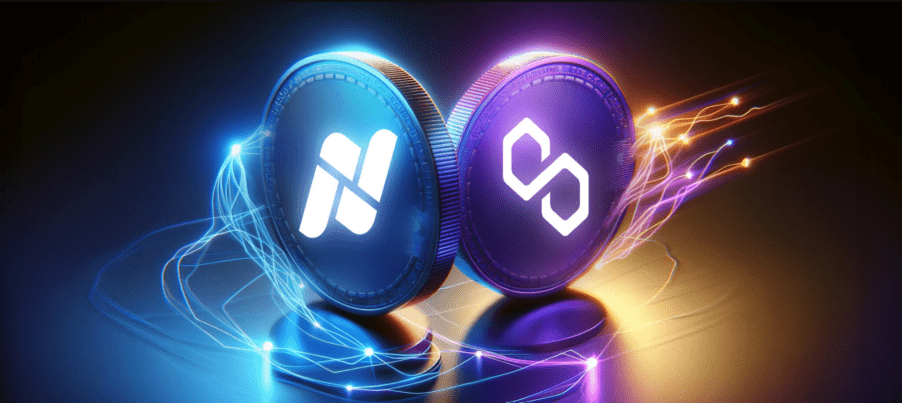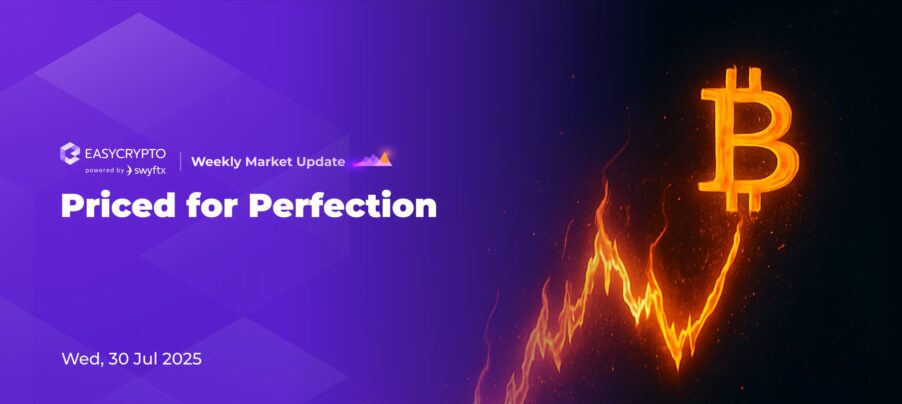NZDD is now available on Polygon, a faster and cheaper network
We're excited to announce that NZDD is now available on Polygon, a faster and cheaper Ethereum-compatible sidechain.


When we launched NZDD on the Ethereum blockchain, we were aware of how expensive it is to transact on the network. Granted, for nearly a decade, Ethereum has proven itself to be a versatile and secure network, and it has been the birthplace of hundreds of decentralised applications and DeFi tokens.
Our vision for NZDD is that of a versatile stablecoin that is available on many networks, because we believe that our token should be available wherever people are. So, many of our followers and supporters have asked — and we listened. We’re excited to announce that NZDD is now available on Polygon!
The benefits of Polygon blockchain
Polygon (MATIC) is an independent proof-of-stake blockchain network. It was built to help ease the network congestion on Ethereum, by running its blockchain alongside Ethereum’s and off-loading some of the latter’s processing burden onto it. Hence, Polygon is Ethereum’s sidechain, a compatible partner network that since 2017 has helped Ethereum (and itself) grow to its size today.
Polygon’s blockchain has a transaction throughput of 65,000 transactions per second, which means it can process 4000 times more transactions (such as token transfers, smart contracts, trading and more) than the Ethereum main chain. On average, a Polygon block is added every 3 seconds (vs Ethereum’s 12 seconds).
It gets better. Due to its high throughput and transaction speeds, users don’t have to bid against each other (by increasing their gas spends) in order to use the network. During times of “high congestion”, transaction fees can go up as high as 0.16 NZD for decentralised swaps, but under quieter circumstances, the same transactions cost a mere few cents.
Polygon also boasts a healthy and vibrant crypto ecosystem, hosting many of Ethereum’s popular altcoins, such as UNI, AAVE, LINK, COMP, CRV, MKR, SHIB, and thousands more. You can simply go to any decentralised exchange and switch over to Polygon to see all the tokens you can trade on the blockchain.
Naturally, the big three stablecoins are on Polygon as well — Tether (USDT), USD Coin (USDC) and MakerDAO’s decentralised stablecoin Dai (DAI).
Is Polygon secure?
Polygon’s proof-of-stake consensus is secured by over US$3 billion worth of native MATIC tokens. On top of that, Polygon “borrows” Ethereum’s security, and that the integrity of Polygon’s blockchain can be backed up by the integrity of the second-biggest blockchain network.
This works through a process called “rollups”. Every so often (roughly 30 minutes), Polygon creates a kind of summary of its running transactions in the past period. It then posts the summary onto Ethereum.
Ethereum nodes then re-compute this transaction summary and make sure the summary is valid. So far, there has never been a problem in this regard. Polygon’s consensus keeps producing valid blocks, and this is reflected by all the valid transaction summaries posted on Ethereum’s blockchain since Polygon’s inception.
This level of security leads to over US$900 million in total locked value on Polygon, which is also home to popular Ethereum-compatible protocols like Aave, Uniswap, Quickswap, and Compound. Not to mention, US$1.3 billion of value on the network is attributed to stablecoins.
Polygon has never had any serious congestion or exploits, making it one of the most robust and oldest Ethereum side chains ever.
Share to
Stay curious and informed
Your info will be handled according to our Privacy Policy.
Make sure to follow our Twitter, Instagram, and YouTube channel to stay up-to-date with Easy Crypto!
Also, don’t forget to subscribe to our monthly newsletter to have the latest crypto insights, news, and updates delivered to our inbox.
Disclaimer: Information is current as at the date of publication. This is general information only and is not intended to be advice. Crypto is volatile, carries risk and the value can go up and down. Past performance is not an indicator of future returns. Please do your own research.
Last updated February 13, 2024





